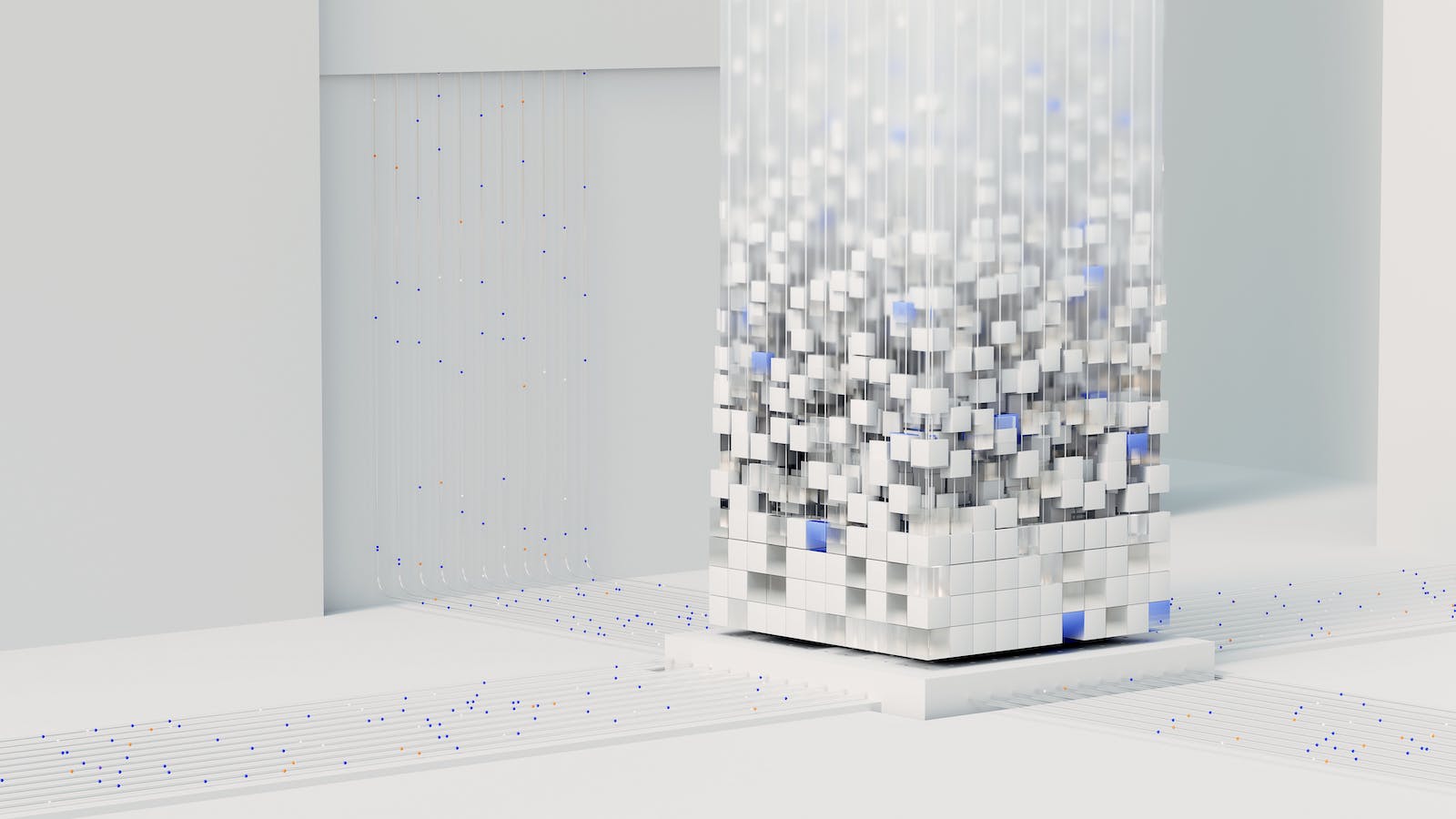There are times when a blockchain is the right solution for a problem, and there are times when it is not. It is important to understand the differences because it is tempting to hypothesize about silver bullets. We also need to understand where risk can be transferred to a machine, when a simpler cryptographic method may be applied or when human authority must be retained. The following discussion was adapted from
Avoiding a Pointless Blockchain Project by
Gideon Greenspan and should be applied to the insurance industry adoption of blockchain.
Current database technologies have decades of development and have been thoroughly tested. By contrast, blockchain technology is in its infancy. It is very important to be absolutely clear on when using blockchain is an advantage.
If the project does not fulfill the majority of the following conditions, it is likely that another technology should be considered:
- Shared databases
- Multiple writers
- Absence of trust
- Disintermediation
- Transaction interaction
- Rules
- Validators
- Guarantor of assets
In the absence of any of the first five, one should consider: (a) regular file storage, (b) a centralized database, (c) master–slave
database replication or (d) multiple databases to which users can
subscribe.
1. The database
Blockchains are a technology for
shared databases, i.e., a structured repository of information such as a
relational database, containing spreadsheet-like tables or file system. Every transaction on a blockchain represents a set of changes to the database.
2. Multiple writers
Blockchains are a technology for
shared databases with multiple writers. Blockchains are efficient where there will be multiple people modifying the database at the same time. The scalability may be enormous where people, mobile devices or even sensors (Internet of Things) may write to a blockchain. It is important to identify the writers when specifying the application.
See also: How Blockchain Will Reorganize Society
3. Absence of trust
Blockchains are a technology for
databases with multiple non-trusting writers. This means that one user is not willing to let another modify database entries that it “owns.” Similarly, one user will not accept as gospel the “truth” as reported by another user, because each has different economic or political incentives.
4. Disintermediation
Blockchains are a
technology for databases with multiple non-trusting writers to be modified directly. There is already an effective solution to the problem of non-trusting parties – it is called the trusted third party intermediary – someone whom all the writers trust. A blockchain application requires no central gatekeeper or broker to verify transactions and authenticate their source. (
However, the placement of specialized oracles, such as an engineering inspection to an insurance contract, is a special case where the placement of adjudicators is also decentralized)
5. Transaction interaction
Blockchains truly shine where transactions created by different writers depend on one other. Let’s say Alice sends some funds to Bob, and Bob sends some on to Charlie. In this case, Bob’s transaction depends on Alice’s, and there’s no way to verify Bob’s transaction without checking Alice’s first.
6. Rules
Blockchains can support a set of embedded rules restricting transactions performed. Every transaction can be checked against these rules, and those that fail are rejected. For example, a rule may state that the total quantity of each asset in the ledger must be the same before and after every transaction. This rule prevents money from being printed out of thin air.
7. Validators
A blockchain’s job is to be the
authoritative final transaction log, on whose contents all nodes provably agree. There are several reasons why this is important. 1. It allows a new user to start from scratch with the most updated version. 2. It does not allow two versions of the database to be in conflict. 3. Blockchains provide that a precise chronology of events can be proved by comparing two blocks (versions) in a chain of blocks. Users need to have a clear idea of
who your validators are and why you trust them.
See also: Can Blockchains Be Insured?
8. Guarantor of Assets
What is the nature of the assets being moved around? The question is rather: Who stands behind the assets represented on the blockchain? If the database says that I own 10 units of something, who will allow me to claim those 10 units in the real world?
Who do I sue if I can’t convert what’s written in the blockchain into traditional physical assets?








